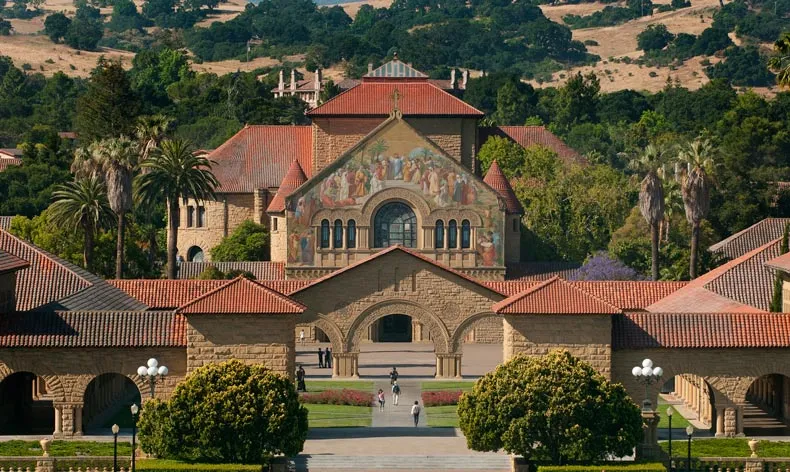Table of Contents
In the 20th century, the basic unit of American foreign policy was the Harvard-educated missionary diplomat, who ventured the world spreading Veritas and the virtues of Western liberalism.
But the world is no longer as simple. The People’s Republic of China (PRC) has recently offered a different set of value propositions to its partners, and there is a subtlety to Beijing’s worldview that feels far more sinister than the nakedly obvious intentions of the Soviets. Efficient bureaucracy, economic incentives, and technological prowess have enabled the PRC to rapidly gain allies and deflect blame for causing the present pandemic. Even Germany is looking eastward despite efforts by American diplomats to reassert our values.
The fact that closer ties with China are being debated at all instead of being immediately rejected on ideological grounds points to a sobering reality: the romantic appeal of freedom and liberalism is losing its luster as a source of goodwill towards America. Hurling ideological missives has limited effectiveness, and the role of the missionary diplomat is marginalized. Foreign officials are prioritizing practical economic considerations in their partnership calculus, and Harvard’s own generation-long infatuation with the PRC has proved that Veritas can be sold to the highest bidder.
In response, America needs to fundamentally alter its diplomatic course and pursue a technology-driven foreign policy powered by the export of our inventions instead of our virtues. Scaling the fruits of our ideas economy globally should be the primary tool we wield to counteract the influence of bad actors. As we shift towards this America 2.0, Stanford, not Harvard, will be uniquely positioned to define the geopolitical arc of the 21st century.
Now, the Silicon Valley technologist, not the disinterested Boston Brahmin, must rise to the challenge. In a knowledge economy powered by the Internet, influence isn’t simply a function of democratic elections facilitated or the number of communist dictators deposed. Instead, specific technologies like social media platforms and gene sequencing machines can quickly become more powerful than entire countries via their ubiquitous impact on daily human life.
The nations that are able to build and distribute these innovations will chart the political and economic course of all humans, not just those living within their borders. This isn’t a hypothetical; the battle lines are already being drawn. Just last week, Beijing announced a set of global data security standards to guide the development of next-generation technologies, in direct competition with the State Department’s Clean Network initiative.
These are the iron curtains of the future, and counteracting them will require more than selling the American Dream to the rest of the world. Instead of extolling the virtues of democracy at the United Nations and resorting to finger-pointing, we must win more 5G contracts, develop safe Artificial Intelligence systems for the world, and export sustainable infrastructure to counteract climate change.
As technology increasingly becomes a source of geopolitical capital, nations will rely on missionary technologists, not missionary diplomats, to advance their national interests. For example, Ren Zhengfei, an ex-People’s Liberation Army (PLA) engineer, seems to conduct more foreign policy in his day job running Huawei than the PRC’s Ministry of Foreign Affairs.
America needs to train its own missionary technologists to excel at this new form of statecraft, and Stanford is a natural choice to lead the effort. Out of the many universities that produce groundbreaking research and innovation, Stanford is set apart through its emphasis on taking good ideas and scaling them into multinational corporations that wield outsized global influence.
Unlike its Cambridge counterpart, decades of close ties with the corporate world have given Stanford a sense of practicality. Finding success in the high-speed world of technology requires constant reinvention and alertness. There is no place for ivory towers and ideological luxuries. There is only innovation, competition, and comparative advantage.
In a March 1998 speech at China’s Peking University, Harvard President Neil Rudenstine once described universities as “neutral spaces for serious discussion.” But faced with a world in which technical knowledge is the premier instrument of foreign policy, America’s universities should not attempt to escape controversy by framing themselves as benevolent monasteries of learning.
They cannot afford neutrality anymore. To genuinely believe Rudenstine’s perspective is to subscribe to the kind of dangerous naivete that landed the chair of Harvard’s Chemical Biology department in a federal courtroom. It is clear that the regimes which threaten our basic freedoms have weaponized knowledge to their advantage and adopted an agile, asymmetric realpolitik foriegn policy. To protect these freedoms, we too must go on the offensive by exporting American alternatives to the technologies offered by our adversaries. Our universities must collaborate with the private sector more than ever, working to commercialize mission-critical research and actively pursue a role as global ambassadors of America’s soft power.
In this way, the Stanfords' founding desire “to qualify students for direct usefulness in life” was a prescient prediction about the future trajectory of global affairs. The 21st century has exposed the deep flaws in American foreign policy’s over-reliance on exporting ideas. In trying to reorganize political systems to fit Western ideals, we have failed to anticipate today's international allegiances being forged with technology, not ideology, in mind. We must adapt our foreign policy to reflect this new reality. If successful, we will look back on this pivotal moment as the start of the Stanford century.









